Attention: Apple’s nasty surprise might make you skip the next iPhone SE
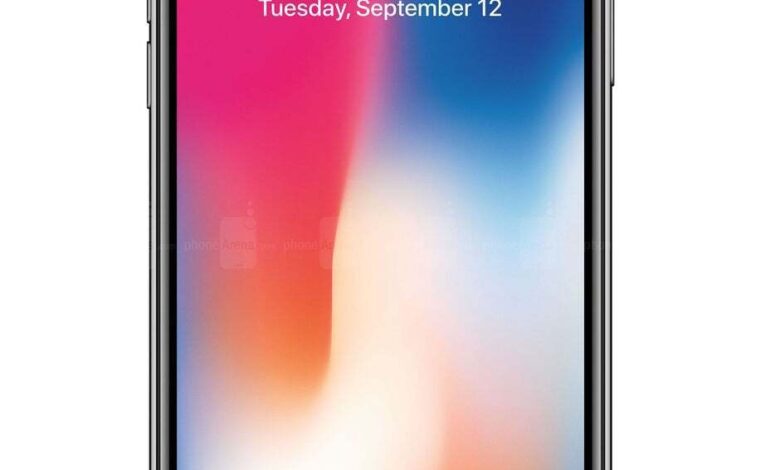
Wait, what? How could it be? I thought the next iPhone SE is going to be an upgrade with better hardware, better functions, better “everything”!
– Probably you, wondering what am I even talking about
That’s the point. It’s the upgrade that’s problematic. The hardware will be better, but will come at a cost – and not just a financial one. It will cause literal headaches to some people.
– Definitely me, about to explain to you what’s up with the next iPhone SE
What do you mean – headaches? How severe?
– You
Think of the painting “The Scream” by Edvard Munch, or Oswald’s headaches in the play “Ghosts” by Henrik Ibsen.
– Me
Okay, that’s not a stage play, so let’s ditch the dialogue form and see what’s really going on with the upcoming iPhone SE.The article you’re reading right now is inspired by the following piece by my colleague Alan:
What exactly is going on?
As the story above tells us, once the iPhone SE 4 is released, it will signify the end of Apple’s use of LCD displays for iPhones. From the launch of the original iPhone in 2007 up to the iPhone 8 and iPhone 8 Plus in 2017, Apple used LCD technology for its mainline iPhone models.
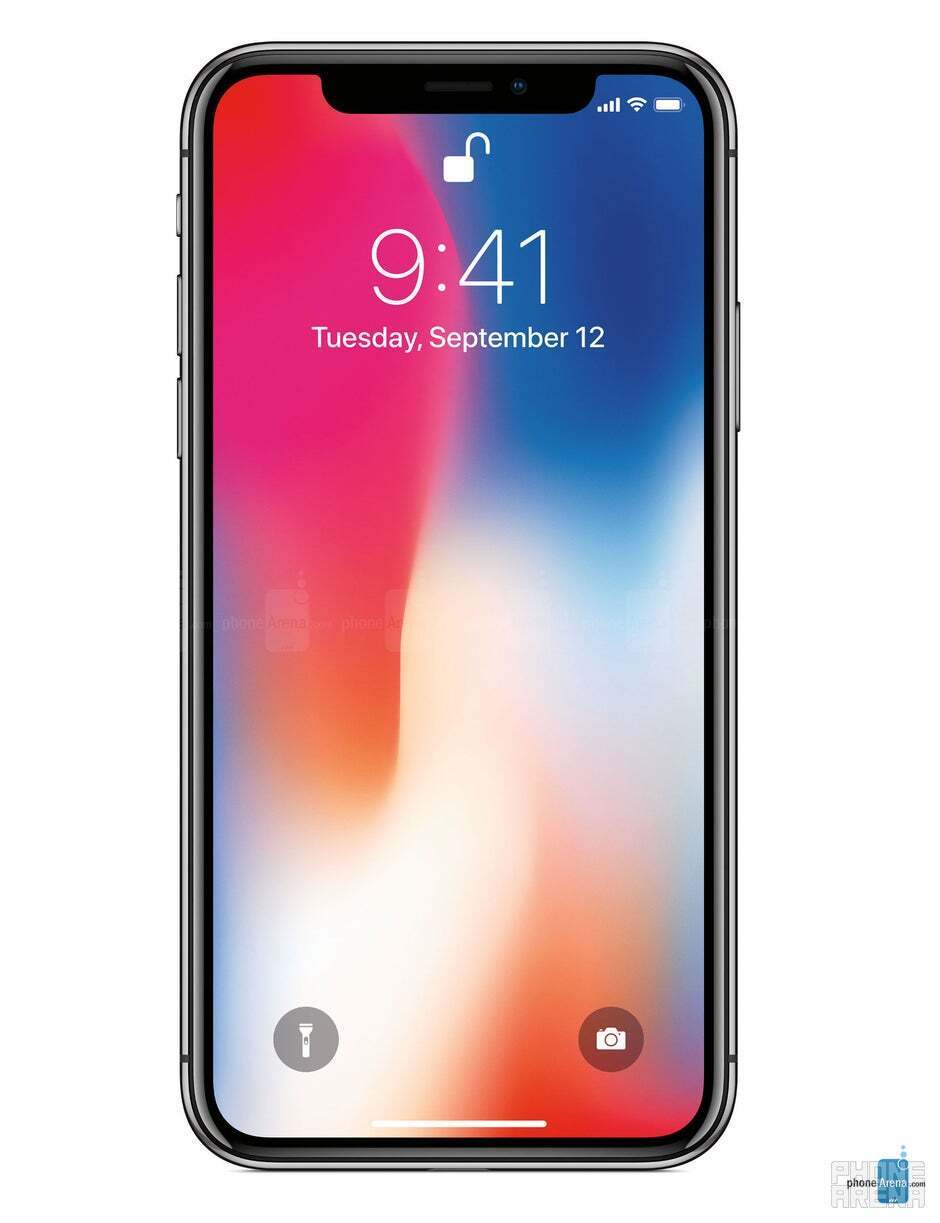

The iPhone X (from 2017) is the first iPhone to sport an OLED display. | Image credit – Apple
Then came the OLED era, starting with the iPhone X. Following this, all subsequent high-end iPhone models adopted OLED panels. However, Apple continued to use LCD screens for its budget-friendly iPhone SE models, which were based on older designs. For instance, the iPhone SE 3, released in March 2022, was based on the iPhone 8, and thus featured an LCD display.
Apart from the OLED treatment, the next iPhone SE is expected to be based on the iPhone 14 which means no more (physical) Home Button, and instead there’ll be Face ID and Notch added. The iPhone SE 4 is expected to support Apple Intelligence and will likely be equipped with the same A18 application processor that will power the iPhone 16 and iPhone 16 Plus. Given that Apple’s AI initiatives require a minimum of 8GB of RAM, the iPhone SE 4 will likely include 8GB of RAM to meet these demands.
How is that a problem?
Per se, the rumored upgrade is not a problem, apart from a possible price hike because of the aforementioned goodies; but… expecting something not to get pricier these days is just out of the question.
The real trouble lies with the transition to an OLED screen and what’s a real horror for some people: PWM, or Pulse-Width Modulation.
There’s an entire Reddit sub-forum that deals with the phenomenon: it’s called r/PWM-Sensitive. It’s full of countless stories of people who are not able to enjoy their phones – be it budget-friendly handsets or premium flagships.
What is PWM?
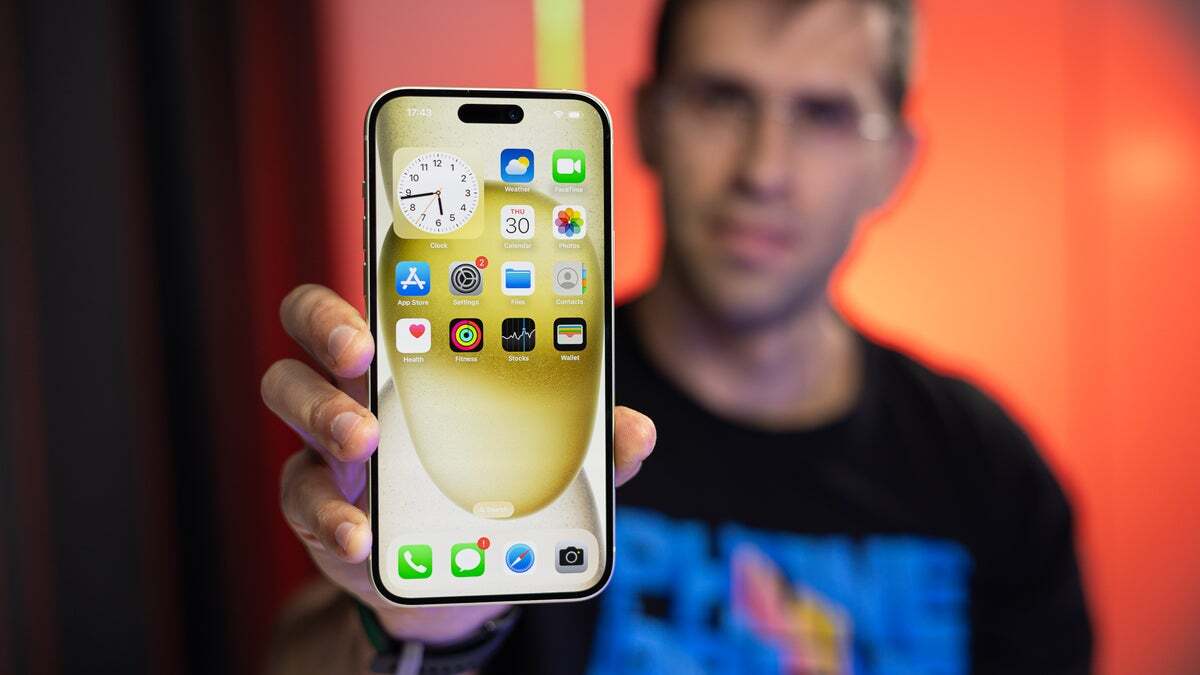

The iPhone 15 Plus is a pleasure to look at, but some people don’t think so. | Image credit – PhoneArena
Pulse Width Modulation (PWM) is a technique used in mobile phone screens to control brightness levels. It’s commonly used in both OLED and LCD displays, though its impact varies between these technologies.
PWM turns diodes on and off at various rates. This method is used to illuminate screens efficiently and economically, helping to keep device costs lower. Faster PWM frequencies can prevent flicker from being noticeable to the human eye, while slower frequencies might cause eye strain, headaches, seizures, or eye discomfort.
By changing the duration the screen is on versus off (the “duty cycle”), the display can appear brighter or dimmer without altering the actual power supply. For example, a screen might be on for 80% of the time and off for 20% to achieve a specific brightness level.
PWM in OLED displays
OLED (Organic Light Emitting Diode) screens use a different approach compared to LCD displays. Each pixel in an OLED display is its own light source, meaning that brightness is controlled by adjusting the current flowing through each pixel. This allows for what is commonly referred to as true blacks and better contrast ratios, but it also means OLED displays often use PWM to control brightness.
One key aspect of PWM in OLED displays is that it can occur at high frequencies, sometimes in the range of thousands of Hz. However, even at high frequencies, some users can still perceive flicker, especially at lower brightness settings. This flicker is generally not visible to the naked eye but can still affect users in subtle ways, such as eye strain or headaches.
Another issue with OLED PWM is that the flicker frequency is typically not consistent. Different manufacturers may use different PWM frequencies or methods, which can result in varying levels of flicker sensitivity among different OLED screens.
WM in LCD displays
LCD (Liquid Crystal Display) screens, on the other hand, use a different method to control brightness. They typically have a backlight that is always on, and the brightness is adjusted by controlling how much light passes through the liquid crystals. The PWM used in LCD displays is largely applied to the backlight, rather than the individual pixels.LCD screens tend to use a different PWM frequency, often lower than OLED displays. This can result in more noticeable flicker for some users. However, because the backlight is constant, the way PWM is applied may be less obtrusive compared to OLED screens. Some LCD screens use “DC dimming,” a method of reducing brightness by lowering the voltage rather than using PWM. This can help minimize flicker and is often more comfortable for prolonged use.
The troublesome part is that some users are more sensitive to PWM, especially those who experience headaches or eye strain. OLED screens may be more problematic for these users because of their higher-frequency flicker and pixel-level modulation. That’s why LCD screens might be less of an issue, particularly if the display uses DC dimming.
To mitigate such issues, many OLED screens use high-frequency PWM to reduce the perception of flicker. This can help, but doesn’t eliminate it entirely.
Why does PWM sound familiar?
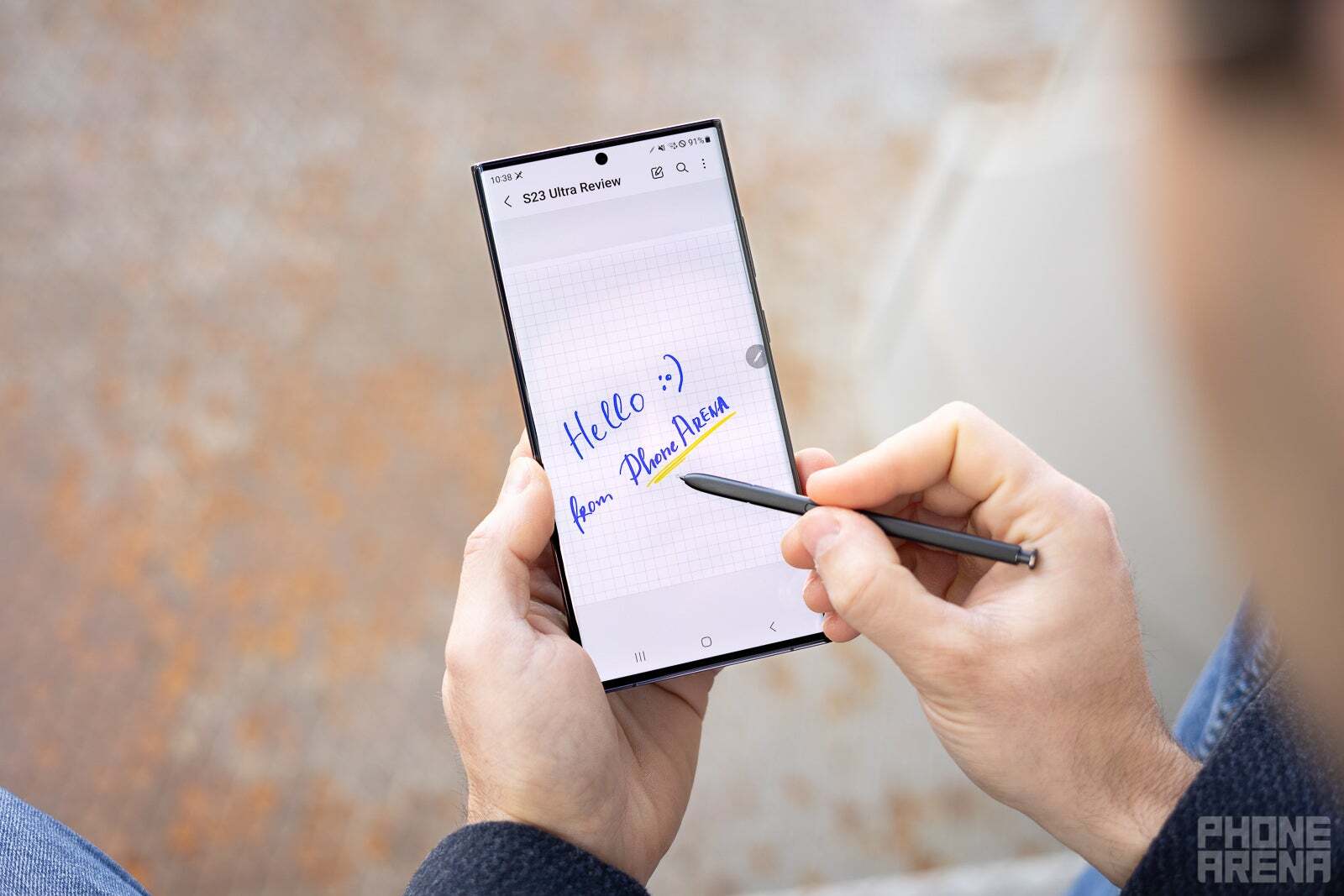

The Galaxy S23 Ultra is not winning any PWM contests… | Image credit – PhoneArena
It’s because we’ve talked about it numerous times, like in this article:
As pointed out in the story above, the Galaxy S23 Ultra uses a display with a 240Hz PWM. That is half the speed of the iPhone 14 Pro‘s display which features a 480Hz PWM. The Honor Magic 5 Pro’s 6.81-inch OLED panel will carry a 2160Hz PWM. To put it in perspective, imagine an electric fan in front of you. When it’s spinning at a low speed, you can see each blade moving individually, which can strain your eyes. But as the fan speeds up, the blades blur together, and you can no longer see them clearly.
The end of the LCD era for Apple
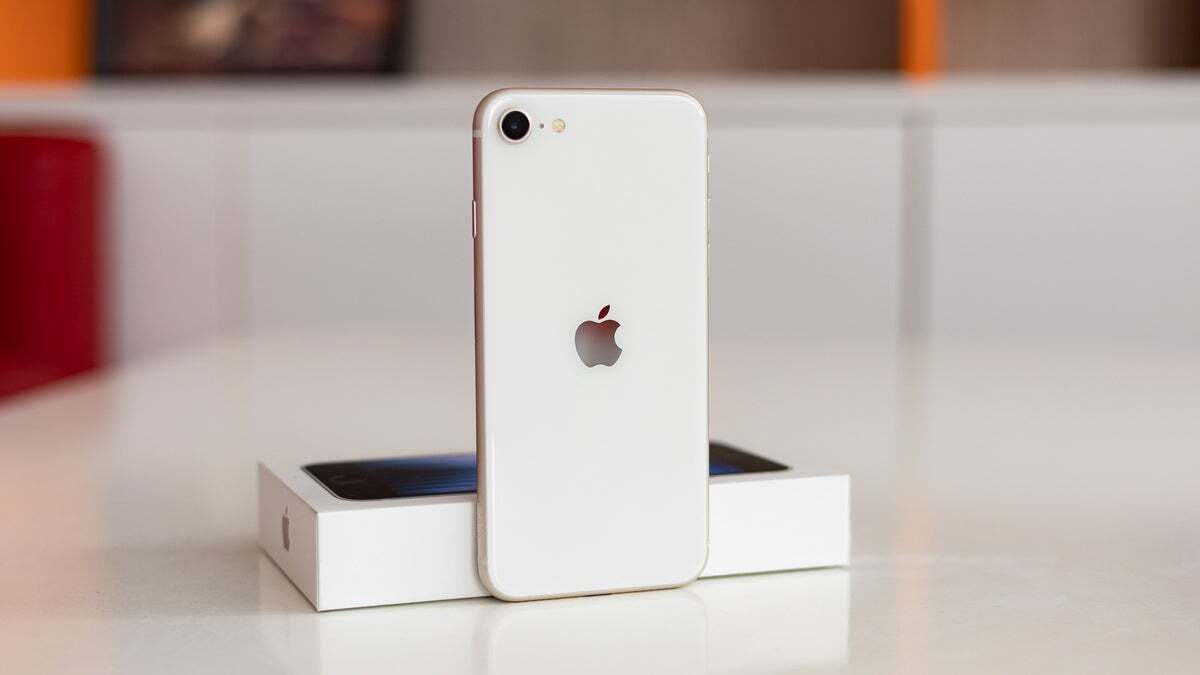

The iPhone SE 3, a.k.a. the iPhone SE (2022) could be the last Apple phone to sport an LCD display. | Image credit – PhoneArena
OLED screens are good. I remember getting an OLED screen on my Pixel 3a back in the day, and – since I’m not PWM-sensitive – it made me appreciate the difference over LCD screens. The colors were superb and accurate: rich and vivid.
That’s why I can’t boo Apple out of existence for its decision to equip its next iPhone SE with an OLED display. But I’m sure there won’t be a shortage of people who will boo Apple for causing them headaches; these potential buyers will just skip it.
And they’ll be right to do so.
Source link


